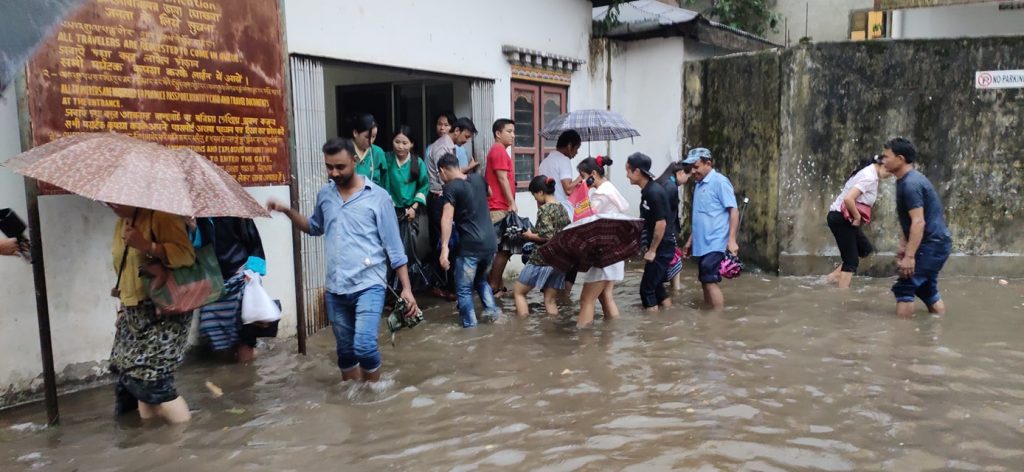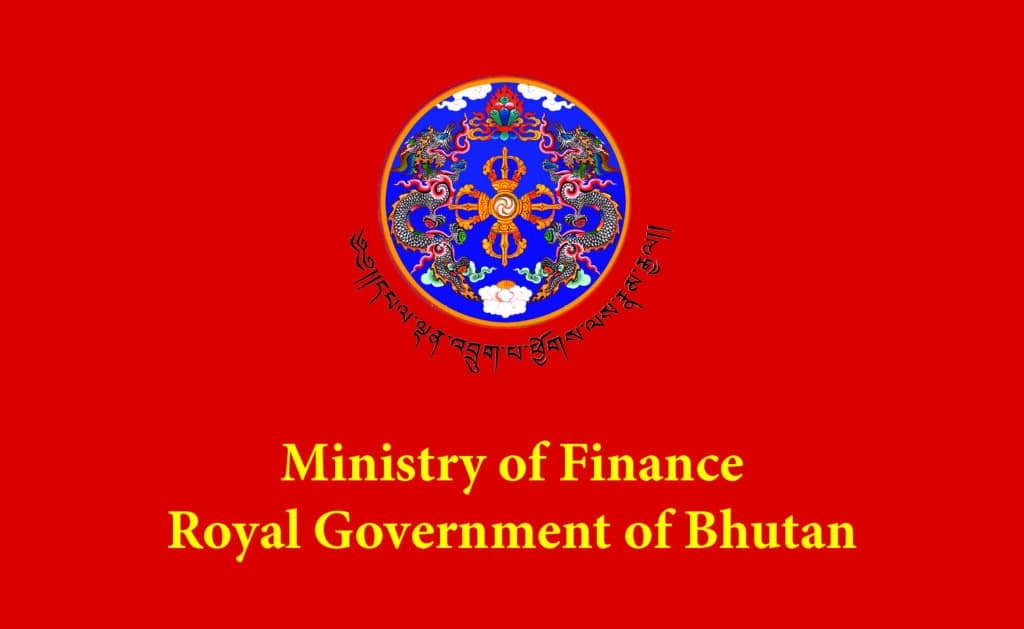The monsoon has arrived bringing along with it catastrophic impacts. Last week many places like Samtse, Gelephu and Phuentsholing felt these impacts. The monsoon disasters recur every year, a grim reminder of how vulnerable we are to unpredictable natural disasters and forces of nature.
The heavy rains claimed two lives on Tuesday morning. A 65-year-old woman and her 11-year-old grand-daughter in Damphuchen village in Dorokha were buried in a landslide that washed their house more than 120 meters away.
The road leading to Dorokha Drungkhag has been blocked at several locations because of the heavy rains. Many gewog centre and farm roads were also severely damaged.
There are also reports of economic assets being lost to the monsoon rain, particularly over the past week, which could be substantial in monetary terms.
In Phuentsholing, the floodwaters entered homes and commercial outlets, and roads at a few places in town were also flooded. An automobile workshop and excavator machines were half-submerged in water. Mud and debris entered homes and even enveloped parked vehicles.
The swollen Om Chhu had also washed away a portion of the road and rose to the deck of the newly built bridge near the Youth Development Fund building. Excavators had to be deployed to clear out the debris.
Further, Pasakha had been cut off for three days with the new bridge at Bhaunijhora, about a kilometer away from Pasakha towards Phuentsholing, getting completely submerged under soil and sediments. Hundreds of trucks were stranded at both sides of the bridge.
Meanwhile, several roadblocks were also reported between Thimphu and Phuentsholing highway and Sarpang-Gelephu-Zhemgang highway, stranding several passenger buses and other motor vehicles. Zhemgang-Gelegphu has been totally cut off since Monday evening after roads in some places were completely washed away.
And apart from having lost truckloads of boulders and riverbed materials, there are also damages on infrastructure such as roads, bridges and houses being reported.
The disaster last week, albeit unfortunate, is a timely reminder that we have to be prepared for natural disasters. While weather forecasts and prior information in certain places were useful in evacuating people living in risky areas along the river embankments to safer grounds, thereby reducing possible damage and loss of lives, there is much more we need to do – to mitigate and prepare for natural disasters.
Floods, flashfloods and landslides caused by the heavy monsoon rains last week are not new, and obviously not the last. In fact, these natural disasters could become more frequent. Erratic rainfall and extreme weather conditions are a result of the global climate change. And as a mountainous country, Bhutan is highly vulnerable to such climate change impacts. We are now confronting a pattern of increasingly frequent and severe weather. The extreme has become the new norm as a once-in-a-century event seemingly occurs every year.
There is a strong need to a conduct a thorough disaster mapping and then channel appropriate amount of budget to build infrastructures that are able to withstand the forces of nature. For instance, settlements and communities along flood prone areas must be protected with embankments that can withstand heavy floods and bridges must be built taking into account the vulnerability of the location.
At the end, we must ensure that our people are safe and protected.














